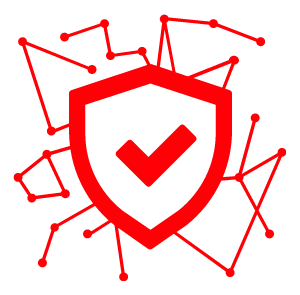Okay, change agents, revolution, everything changes … But what is blockchain?
At its core, blockchain is a well-known spreadsheet (imagine Excel with a single spreadsheet). In other words, this is a new way of storing data. Traditional databases usually have one user responsible for it. It is he who decides who has access to the data and who can enter, edit and delete it. With blockchain, everything is different. No one is responsible for anything, and no one can change or delete data. They can only be entered and viewed.
Bitcoin is the first, most famous and perhaps the only use of blockchain. This digital currency allows you to transfer money from point A to point B without the participation of a bank.
How does he work? Imagine that you need to transfer some amount of money from Jesse to James. Banks are good at this. For example, I ask the bank to send money to James. The bank starts the necessary checks: is there enough money in the account? Is there an account with the specified number? And in his own database he writes something like “transfer money from Jesse to James.”
In the case of Bitcoin, things are a little more complicated. You publicly declare in a kind of giant chat: “Transfer one bitcoin from Jesse to James!” Then there are users (miners) who collect transactions into small blocks.
To add these blocks with transactions to a public blockchain ledger, miners have to solve a difficult problem (they need to guess a very large number from a very extensive list of numbers). This task usually takes about 10 minutes to complete. If the time to search for an answer is steadily decreasing (for example, miners are switching to more powerful hardware), the complexity of the task automatically increases.
Once the answer is found, the miner adds transactions to the latest version of the blockchain – the one that is stored locally with him. And the message goes to the chat: “I solved the problem, look!”. Anyone can check and make sure that the solution is correct. After that, everyone updates their local versions of the blockchain. Voila! The transaction is complete. The miner receives bitcoins as a reward for his work.

